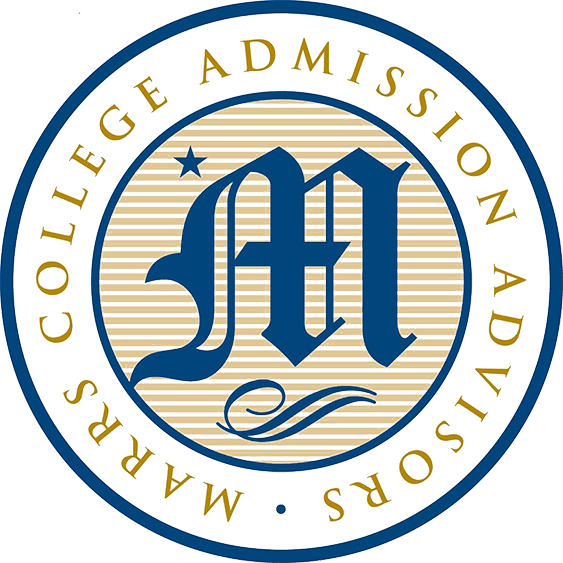College Highlight
Arizona State University
From The firske guide to colleges
ASU is the largest university in the nation—with ambitions to grow even larger, enhance interdisciplinary applied research, and increase socioeconomic diversity. Location in the Valley of the Sun attracts plenty of Northerners who like the idea of seeing the sun everyday.
With no pretense of modesty, this mega-university, situated in a desert oasis that is one of the nation's fastest-growing metro areas, describes itself as the model for a New American University—one where "massive innovation" is the norm and where an interdisciplinary culture is seen as the best means of developing "world-changing ideas." ASU's stated goal is to serve any Arizona student qualified for college-level work and, in the process, it has become a national model of how to deal with the emerging demographics of U.S. higher education. Research spending is up, as are student retention and graduation rates.
The academic star at ASU is Barrett, The Honors College, a selective school-within-a-school that serves more than 6,800 students from every school and college across all four campuses. The overwhelming majority of participants reside in a cloistered facility on the Tempe campus that was designed by students, faculty, and staff working with nationally renowned architects. It features multi-use classrooms and meeting spaces, a dining hall, a fitness center, numerous outdoor courtyards, and a central amphitheater. The nation's first four-year residential honors college within a major public university, Barrett has more than 40 dedicated faculty members who oversee students' ambitious honors projects.
ASU has 16 undergraduate schools and has added more than 40 new undergraduate programs since 2016. Regardless of major, all students must fulfill distribution requirements that include courses in three awareness areas: global, historical, and U.S. cultural diversity. The most popular majors are in business, management, marketing, biological and biomedical sciences, social sciences, and engineering.
Engineering programs, especially microelectronics, robotics, and computer-assisted manufacturing, are sure bets; the facility for high-resolution microscopy allows students to get a uniquely close-up view of atomic structures. The Fulton Schools of Engineering, composed of six discipline-specific schools, has a presence on the Tempe and Polytechnic campuses and offers a traditional engineering education with an emphasis on designing and creating innovative and entrepreneurial solutions. Future engineers can opt for a B.S. degree or, for those with broader interests, a B.A.
Forty-three percent of undergraduate classes have fewer than 20 students, and one senior says the academic climate is "mostly relaxed, but focused." The university has made serious efforts to provide students with strong support services. The First-Year Success Center connects new students with upperclassmen and graduate students for weekly coaching sessions on topics like time management, finances, and health and wellness. Incoming freshmen who are undecided on a major participate in the Major and Career Exploration program, which involves seven-week courses offering opportunities for hands-on career exploration.
Arizona State may seem like an overwhelmingly big school with a reputation for rowdiness, but that's not the full story. "ASU has gotten away from its party school reputation in recent years," says a senior. To its credit, ASU likes to pride itself on how many students it accepts, not how many it turns away, and on its strong student support services.

